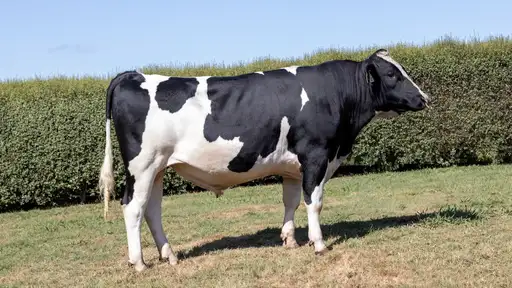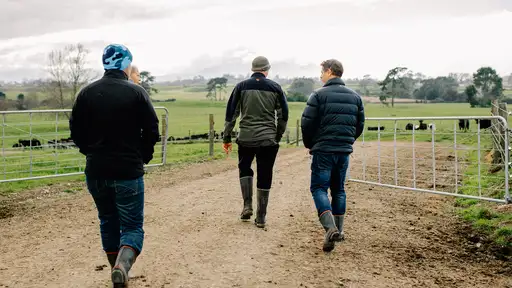We are quickly winding up calving and heading into mating. The 10-12 weeks of mating that most farms do each year are the three most critical months to get right. You can get calving wrong, but you do not want to stuff mating up! I have seen this take three years to repair when its gone horribly wrong.
Why are the targets set so high?
This is a question I often get asked. Yes, they are high, but in fact about 20-25% of farmers hit these each year – so they are not impossible.
I reviewed the Waikato dairy reproduction statistics recently. The table below shows what the average farm and the top 25% of farmers achieved last mating season.

So, we do have farms able to achieve these each year. In addition, while we see some small movements in the averages each year, we never see big swings in performance that can be explained away by seasonality.
Last year we did see some big changes to the quality of pasture through November that resulted in falling milk production and poorer conception rates. We are seeing this now materialise on some farms with a slower calving rate in the second 4 weeks of calving. Yet other farms did not see these climatic changes affect them greatly.
So what do the top performing farms do?
There is a recipe that many do follow. They do not think that it is overly complicated, but there are many little things that they do each mating season that ultimately they are rewarded for.
- They have a written plan that is explained to all the key people on the farm. Dates and activities of what will be done when, means that nothing is missed or activity is out of sync.
- Metrichecking at least the at-risk cows, or better, the whole herd. Done through August & September to ensure good cure rates before PSM.
- Pre-mate heats are recorded into MINDA to ensure that cows are cycling at target levels (85% had a heat by PSM). If not, then what course of intervention is best for your herd?
- Cows are fed well and do not lose >1 BCS from calving. Cows need to be >4.0 BCS, and especially the Two and Three year olds.
- Correct residuals through September – attention to pasture management! I often see better performance for mating after a cold and slow growing September and good residuals have been hit, so that there is higher quality pasture through October.
- Use of heat detection aids, and well maintained throughout the whole mating season. Aids still need to be “read”. Having only 1-2 people responsible for this can help find those quieter heats where small changes in the aid or behaviours are the only indication you will see.
- Good rosters to allow that the people responsible for mating to be kept fresh and focused.
- Good management of natural bulls. Often I see bulls expected to do too much too soon. Good numbers and rotation every 24 hours in the first week especially helps them to adapt to hard surfaces and build stamina.
- Using new technologies. The availability of sexed semen and SGL crossbred bulls have the effect of reducing the AI mating time (sexed semen) to get the numbers of replacements needed. Using SGL crossbred at the end allows you to effectively calve 10 days quicker to create a quicker calving rate for the numbers of week of mating completed. It is interesting to note that of the late cows that calve in weeks 10-12, on average 41% won’t get back in calf!
- And right back at the start of the process – where all good repro performance starts, is calves well grown through into R2s that arrive on farm at 90% f mature liveweight. That is one part of the repro job that you can work on every month of the year.
As the saying goes, doing the same, but expecting different results is a definition of insanity. So have a think about what parts of the above list that can be improved upon and then write out what and how you will change this mating season.
Darren Sutton, LIC FarmWise® consultant – Waikato




